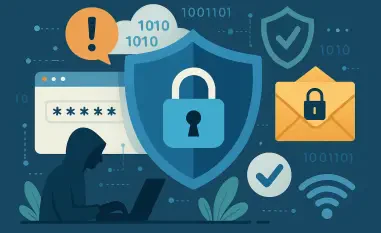Introduction
In an era where digital ecosystems are integral to business operations, the escalating sophistication of cyber threats poses a formidable challenge to organizational security, particularly through mobile platforms and trusted online repositories. Malicious Android applications infiltrating the Google Play Store and innovative attack vectors like GPUGate, which exploit GitHub links, represent a dual threat that can compromise sensitive data and disrupt enterprise systems. These risks are not mere inconveniences but potential catalysts for significant financial loss and reputational damage, especially for B2B entities managing vast networks of user data and intellectual property. With over 19 million downloads of harmful Android apps and targeted campaigns against IT professionals in Western Europe, the scale and precision of these attacks demand urgent attention from decision-makers.
This editorial delves into the critical intersection of mobile app vulnerabilities and novel malware distribution tactics, focusing on their implications for business environments. It examines how cybercriminals exploit trusted platforms to bypass traditional defenses and offers strategic insights for safeguarding enterprise assets. By addressing these emerging threats, the discussion aims to equip B2B professionals with actionable knowledge to strengthen cybersecurity frameworks. The importance of this topic cannot be overstated, as the integrity of digital operations increasingly defines competitive advantage in a connected marketplace.
Navigating the Evolving Cyber Threat Landscape
The proliferation of malicious Android apps on the Google Play Store underscores a persistent vulnerability in mobile ecosystems that businesses heavily rely on for operational efficiency. With 77 identified harmful applications amassing over 19 million downloads, including sophisticated banking Trojans like Anatsa, the risk to corporate data is alarmingly high. These apps often masquerade as legitimate tools, using techniques like downstream payload retrieval to evade detection, thereby infiltrating devices used by employees and exposing sensitive financial information. For B2B leaders, this translates to potential breaches that could undermine client trust and trigger regulatory penalties.
Equally concerning is the emergence of GPUGate, a malware distribution method that manipulates GitHub repository links and paid advertisements to target IT professionals, particularly in Western Europe. This attack leverages a 128 MB installer bloated with dummy executables to bypass sandbox security measures, employing GPU-based decryption to unlock malicious payloads only on specific hardware configurations. The strategic focus on IT staff, who often hold elevated access privileges, amplifies the threat of lateral movement within corporate networks, potentially leading to ransomware deployment or data exfiltration. Businesses must recognize that such precision targeting can disrupt critical infrastructure and supply chain operations.
Addressing these threats requires a multi-layered approach that extends beyond traditional antivirus solutions. The evolving tactics of cybercriminals, from obfuscation in Android malware to hardware-specific encryption in GPUGate, highlight the limitations of static analysis tools. Enterprises need to invest in dynamic, behavior-based detection systems and foster a culture of vigilance among employees regarding app permissions and software downloads. By prioritizing outcomes like data integrity and operational continuity, B2B organizations can mitigate the cascading effects of these cyber risks on their bottom line and stakeholder confidence.
Conclusion
Reflecting on the intricate challenges posed by malicious Android apps and the GPUGate attack vector, it becomes evident that proactive cybersecurity is not just a technical necessity but a strategic imperative for B2B environments. Enterprises must pivot toward integrated defense mechanisms that anticipate evolving threats, ensuring robust protection of digital assets. As cyber adversaries continue to exploit trusted platforms, the focus should remain on building resilient systems and fostering informed decision-making at all levels. The broader consideration lies in cultivating industry-wide collaboration to set higher security standards, safeguarding the interconnected business landscape against future disruptions.













